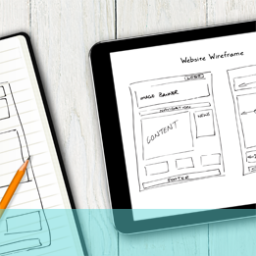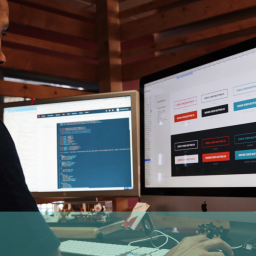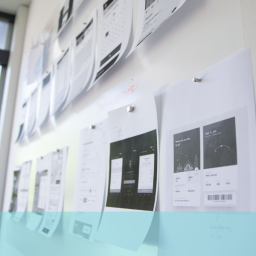
Prototyping is a useful and common way of testing out concepts in a practical and instructive manner. The process enables developers to test the fundamental concepts and principles of a project without committing to a fully developed product with the attendant investment of time, resources and cost and the possibility of making significant (and therefore costly) errors. However, prototyping can have pitfalls of their own. So how do you identify and overcome these?
Try a number of top- line approaches and ideas before committing to too much work on any particular one.
If you use paper prototyping this not only slows down the process but it forces you to think more about what you are doing and how the parts fit together which can often be more useful than going straight to more sophisticated techniques.
The level of prototyping has to be appropriate for where you are in the process and what you are trying to achieve. It is not suitable, for example, to have a prototype with a high degree of visual fidelity if you haven’t tested the design concept with the clients or other interested parties in the project. This could just lead to a highly polished prototype that nobody likes or that doesn’t reflect the values or needs of the stakeholders or the project objectives.
Similarly, if you start building functionality and structure into the prototype without sufficiently testing out the ideas and architecture you are in danger of producing technically sound elements without proper relationship to comprehension, navigation, purpose or use.
Try not to get carried away by sophisticated ideas and technical wizardry before you have validated the basic concepts. It is easy to keep adding things and developing a little bit further before testing or playing back progress to stakeholders but this can lead you too far down a path with no value. Decide exactly what you trying to achieve with each phase and focus on delivering that and nothing more.
Finally, make sure that participants understand the nature and the purpose of the various prototypes and phases of testing so they are not getting false ideas of what is being developed and delivered.
Stakeholders need to be involved in development to get the best value from the process and the optimum input and understanding of the nature of the project and objectives. The easiest way to do this is to inform and engage as early and as frequently as possible and make sure involved parties are plugged in to all the available tools, techniques and data that they can use and manipulate for themselves to gain insight into, and comprehension of, the process.
If you are interested in the principles (or the practice) of prototyping and would like to know more about this interesting process, why not ring us on +44(0)800 0246247 or email us at hello@ux247.com for a no-commitment chat?

















